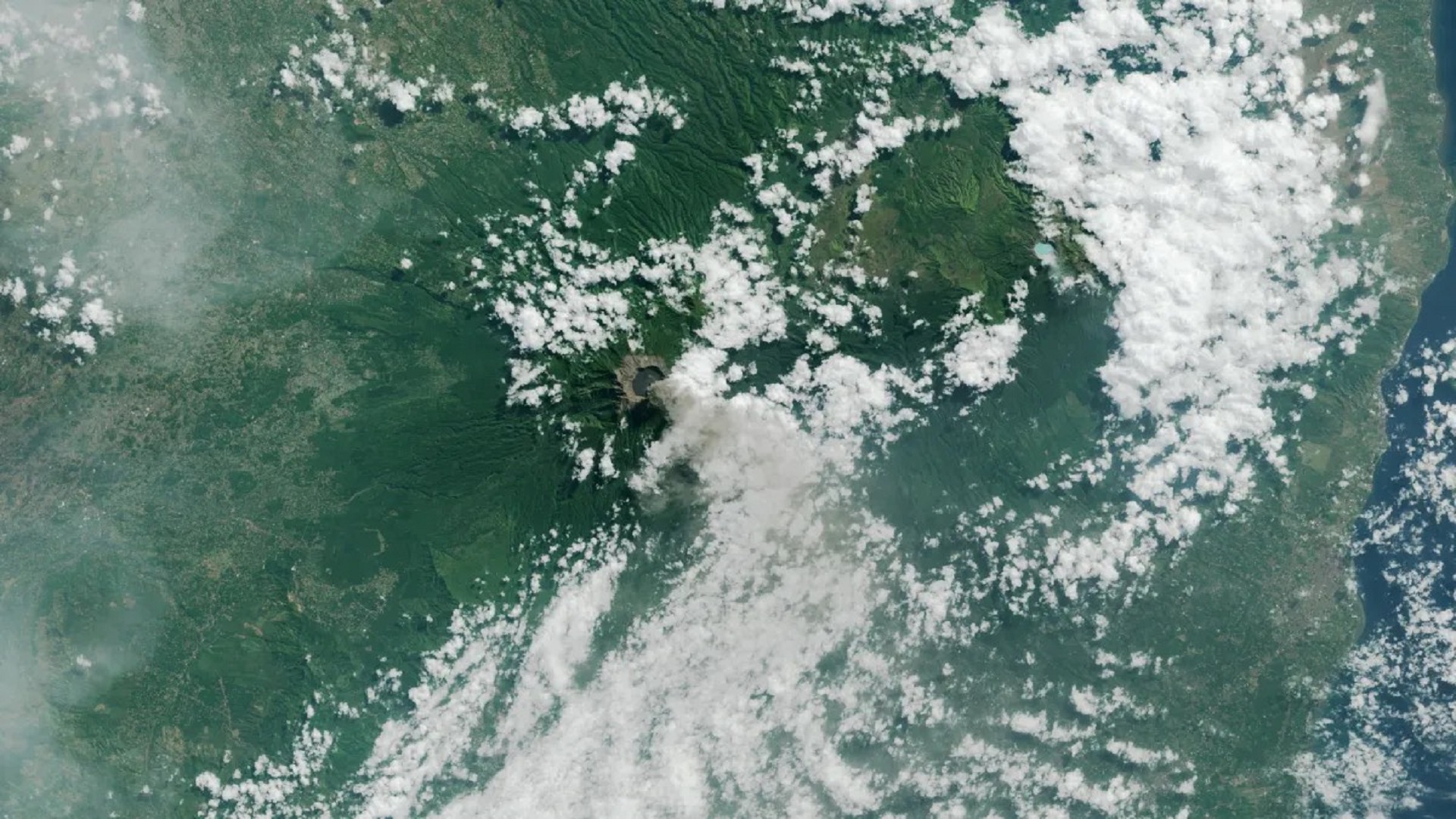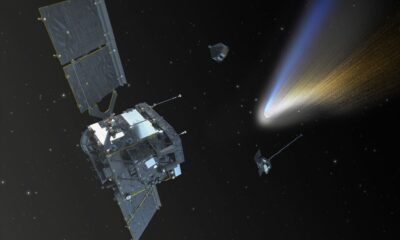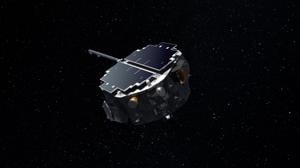Science
NASA’s AI Satellite Makes Rapid Autonomous Decisions in Space

NASA has achieved a significant milestone in satellite technology by developing an autonomous satellite capable of spotting, analyzing, and targeting objects in space without human intervention. During a recent test, the satellite employed a cutting-edge technology known as Dynamic Targeting, completing its decision-making process in less than 90 seconds. This advancement allows orbiting spacecraft to autonomously assess their surroundings and determine where to collect scientific data.
Dynamic Targeting was developed over a decade at NASA’s Jet Propulsion Laboratory (JPL) and simulates human-like interpretation of imagery. Rather than merely capturing images of the Earth below, the satellite’s artificial intelligence processes visual data in real-time. It identifies significant features such as storm clouds or wildfires and decides whether to take a photograph based on its findings. This recent test was able to complete the entire sequence in under a minute and a half.
One of the most pressing challenges for Earth-observing satellites is cloud cover, which can obstruct optical sensors. Traditional imaging often results in capturing unusable data when clouds are present, wasting valuable time and resources. The Dynamic Targeting system addresses this issue by analyzing imagery up to 300 miles ahead of its path. If the satellite detects clear skies, it captures images of the surface; if clouds are present, it conserves its resources for better opportunities.
Steve Chien, AI Technical Fellow at JPL and lead on the project, emphasized the system’s advanced capabilities. “Instead of just seeing data, it’s thinking about what the data shows and how to respond,” he stated. Chien explained that, much like a human interpreting images of a forest fire, the satellite can identify significant events and focus its sensors accordingly.
Innovative Testing of Autonomous Technology
The technology was recently tested on CogniSAT-6, a compact CubeSat launched in March 2024 by UK-based Open Cosmos. To simulate a forward-looking imager, the satellite tilted itself at an angle of 40 to 50 degrees to survey its orbital path. After collecting a preview image, the onboard algorithms processed the data to identify cloud-free areas. The satellite then returned to its standard position to capture only the clear, usable views, all while traveling at nearly 17,000 mph.
Following the successful avoidance of cloud cover, NASA plans to adapt the Dynamic Targeting system to seek out weather phenomena. The next tests will focus on rapidly forming, short-lived events like deep convective ice storms, which are challenging to observe using conventional satellite scheduling. Specialized algorithms will detect telltale storm structures, enabling the satellite to collect high-resolution data as it passes overhead.
Additionally, the technology will be employed for tracking thermal anomalies, including wildfires and volcanic eruptions. These dynamic events can change rapidly, creating a narrow observation window. With its rapid decision-making capabilities, Dynamic Targeting is well-suited to identify and act on these occurrences in real time.
Future Applications and Expanding Capabilities
The long-term vision for this technology extends beyond Earth observation. NASA is exploring applications of Dynamic Targeting for planetary science missions. Potential uses include detecting geysers on icy moons, imaging plumes on comets, and focusing on dust storms on Mars. The original concept drew inspiration from ESA’s Rosetta orbiter, where similar AI techniques facilitated the detection and imaging of plumes from Comet 67P.
Plans are also underway to expand this technology across satellite constellations. A project titled Federated Autonomous Measurement aims for leading satellites to detect events and relay data to trailing satellites. This coordinated approach would allow subsequent spacecraft to adjust their focus and respond dynamically to significant phenomena occurring in orbit.
With these advancements, NASA is paving the way for a future where autonomous satellites can make intelligent, real-time decisions, enhancing our understanding of both Earth and other celestial bodies.
-

 Technology5 months ago
Technology5 months agoDiscover the Top 10 Calorie Counting Apps of 2025
-

 Health3 months ago
Health3 months agoBella Hadid Shares Health Update After Treatment for Lyme Disease
-

 Health3 months ago
Health3 months agoErin Bates Shares Recovery Update Following Sepsis Complications
-

 Technology4 months ago
Technology4 months agoDiscover How to Reverse Image Search Using ChatGPT Effortlessly
-

 Technology1 month ago
Technology1 month agoDiscover 2025’s Top GPUs for Exceptional 4K Gaming Performance
-

 Technology3 months ago
Technology3 months agoElectric Moto Influencer Surronster Arrested in Tijuana
-

 Technology5 months ago
Technology5 months agoMeta Initiates $60B AI Data Center Expansion, Starting in Ohio
-

 Technology5 months ago
Technology5 months agoRecovering a Suspended TikTok Account: A Step-by-Step Guide
-

 Health5 months ago
Health5 months agoTested: Rab Firewall Mountain Jacket Survives Harsh Conditions
-

 Lifestyle5 months ago
Lifestyle5 months agoBelton Family Reunites After Daughter Survives Hill Country Floods
-

 Health3 months ago
Health3 months agoAnalysts Project Stronger Growth for Apple’s iPhone 17 Lineup
-

 Technology4 months ago
Technology4 months agoHarmonic Launches AI Chatbot App to Transform Mathematical Reasoning





















